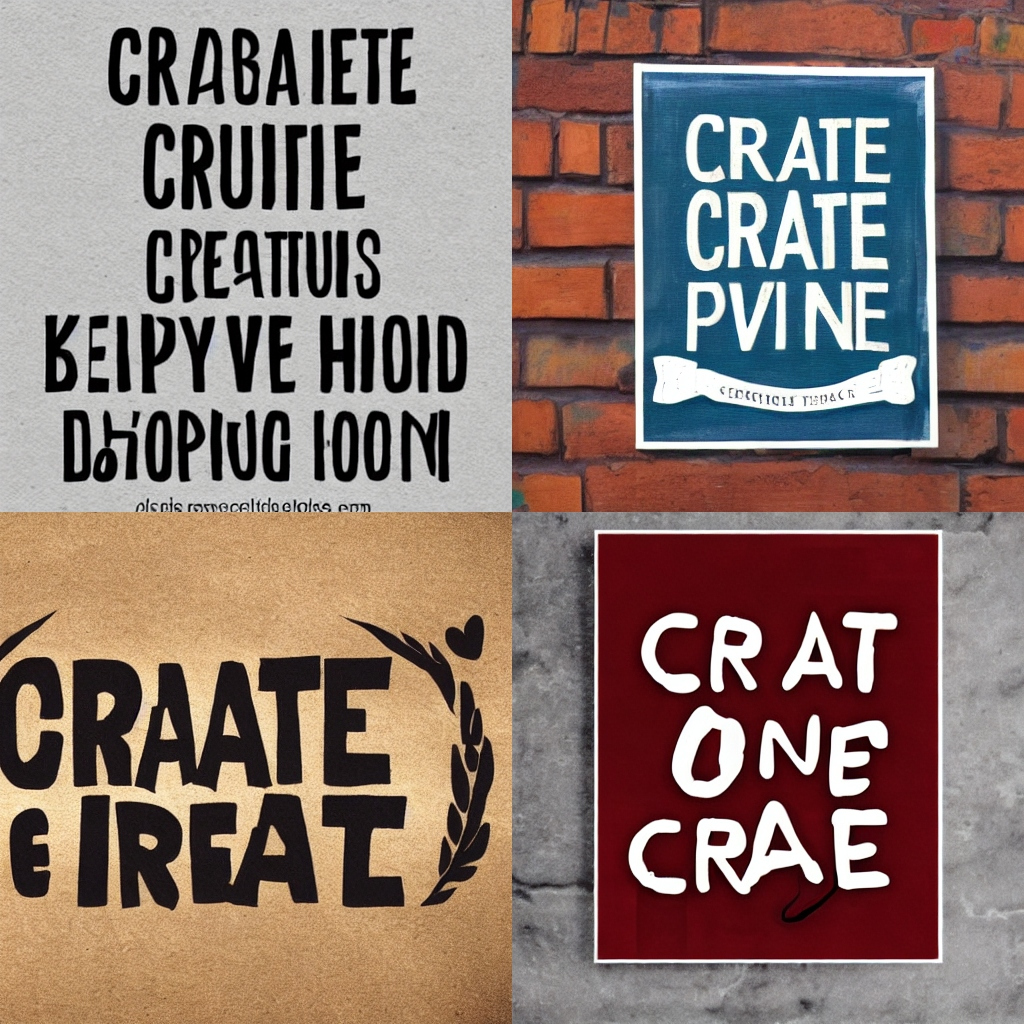What is a JWT? JSON Web Token (JWT) is an open standard (RFC 7519) that defines a secure way to send data between two parties. JWTs are used to transmit information about an end user between two services in a secure way and can be used in browser or mobile applications as well as backend services. JWTs contain both identifying information about the user and the information the user wants to share. This information can be anything from the user’s name to their email address or even their medical history. The JWT standard is used to create, read, verify, and issue JWTs (in other words, all parts of the JWT lifecycle).
What are JWTs used for? JWTs are typically used to transmit information between a client and a server as part of an authentication workflow, but they can also be used to transmit any sort of data between parties. This makes them very useful in a number of different situations. For example, they can be used to transmit data for a mobile app or web application. They can also be used to transmit data between servers or even send data from one user to another. This makes them very useful for transmitting data that needs to be securely transmitted between parties.
How do I create a JWT token? After you’ve generated your JWT token, you need to copy it and paste it into both the Authorization header of your response and the Authorization header of your requests (see image below). It’s important that you use the right header each time; if you use the response header in your request or vice versa, it won’t work. You’ll need three things to create an Access Token:
A client IDA string secret keyAn endpoint where you can issue tokens (usually called /oauth/token/generate)Now let´s explain how you can create this cool tokens with this great API that many coders around the world are recommending:
Create Tokens Easily With This API! To generate secure and reliable JSON Web
Generate tokens for your projects on the fly with this API. Generate unique tokens.



